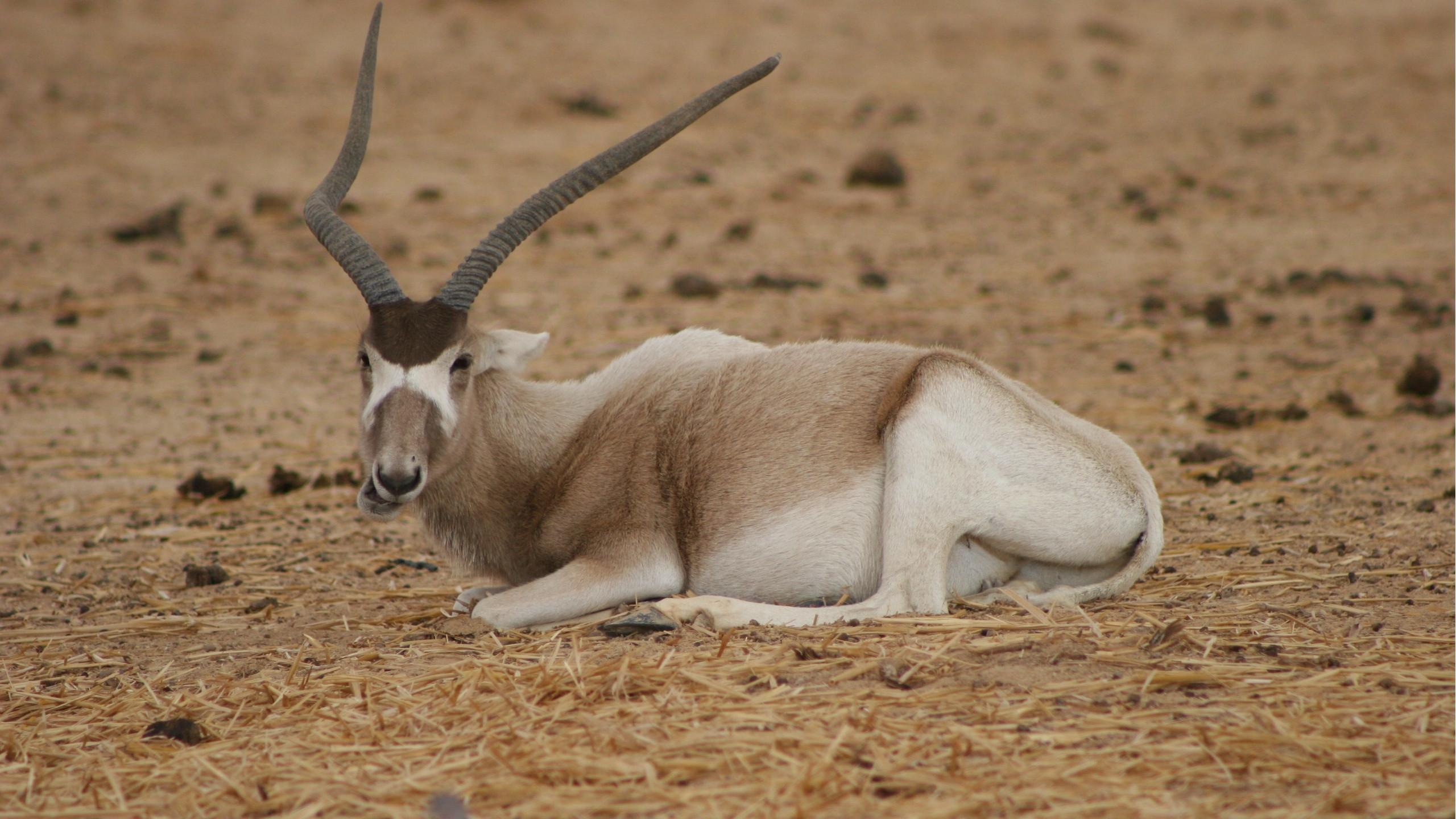The Addax, also known as the white or screwhorn antelope, is one of the most adapted mammals living in the harsh conditions of the Sahara Desert. This elusive and critically endangered species has intrigued scientists and wildlife enthusiasts alike with its remarkable adaptations and serene beauty. In this article, we delve into the top 10 fascinating facts about the Addax, offering a glimpse into the life of an animal that thrives in one of the most challenging environments on Earth.
1. Exceptional Desert Adaptations
The Addax possesses unique adaptations that enable it to survive in extreme desert conditions. Its broad, flat hooves act like natural snowshoes, preventing it from sinking into the sand, while its pale coat reflects the scorching sun, helping to keep it cool.
2. Rare Spiral Horns
Both male and female Addaxes are distinguished by their long, spiral horns, which can grow up to 120 centimeters in length. These horns are not just for show; they play a crucial role in defense and thermal regulation.
3. A Water-Conserving Marvel
Addaxes have evolved to extract the moisture they need from their food, allowing them to go without water for long periods. This adaptation is vital for survival in their arid habitat, where water is scarce.
4. Nomadic Lifestyle
The Addax is a nomadic species, constantly on the move in search of food and water. Their migrations are dictated by the availability of these resources, demonstrating their incredible ability to adapt to the desert's unforgiving conditions.
5. Diet Consisting Mainly of Grasses
Despite the barren landscape, the Addax primarily feeds on desert grasses, demonstrating a remarkable ability to find and utilize the scarce vegetation of their environment.
6. Nighttime Activity
To avoid the extreme daytime heat, Addaxes are primarily nocturnal. They forage for food and are most active during the cooler night hours, which helps conserve energy and water.
7. Low Reproductive Rate
The Addax has a low reproductive rate, typically giving birth to only one calf per year. This slow reproduction rate is one of the factors contributing to their endangered status.
8. Social Animals
Addaxes form herds of various sizes, from just a few individuals to groups of 20 or more. These herds provide protection against predators and facilitate the sharing of information about food and water sources.
9. Threats to Survival
The primary threats to the Addax include habitat loss due to oil exploration, poaching, and the impact of climate change. Conservation efforts are crucial to prevent their extinction.
10. Conservation Efforts
Several conservation programs are in place to protect the Addax, including protected areas in the Sahara and captive breeding programs. These efforts aim to stabilize and eventually increase their wild populations.
The Addax is a remarkable symbol of resilience and adaptation, embodying the essence of survival in one of the harshest climates on our planet. While they face significant challenges, ongoing conservation efforts offer hope for this critically endangered species. By learning about and appreciating these majestic creatures, we can all play a part in their preservation and the protection of their fragile desert habitat.
